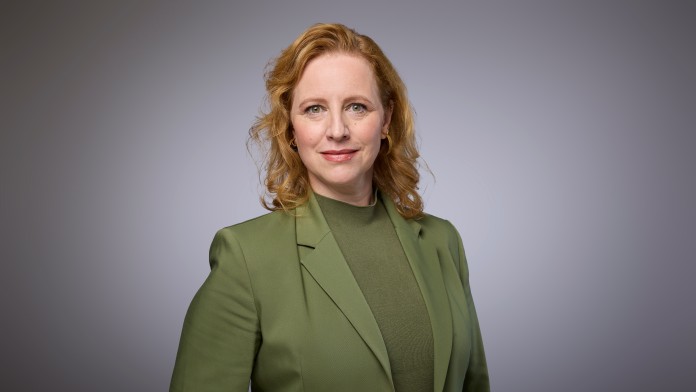Press Release from 2023-05-31 / Group, KfW Research
KfW Credit Market Outlook: Corporate credit demand is on the decline
- New lending rose by 19% in the fourth quarter, but growth rate fell sharply
- Easing of tensions in energy markets and supply chains reduced crisis-induced liquidity needs
- Growth in new lending is likely to have nearly come to a standstill in spring
According the current KfW Credit Market Outlook, new lending from banks and savings banks in Germany to companies and self-employed persons increased by 19% in the final quarter of 2022. The growth rate of new lending thus remains strong even though the momentum is half that of the record previous quarter (36.1%). Compared with the previous year, the growth of new business loans has likely come to a standstill. Nonetheless, new lending remains on a comparatively high level.
The reasons for the downturn lie mainly on the demand side. Businesses are increasingly reluctant to take up new bank loans. There are also positive aspects behind this. After the energy crisis peaked in the summer with record prices for electricity and gas in wholesale markets, the situation clearly eased from autumn last year. At the same time, supply chain problems decreased. As a result, businesses require less finance to cover the resulting funding needs. The impact of the interest rate reversal, however, is also becoming increasingly clear and affecting credit demand. In February, average credit costs reached 3.86%. The last time interest rates were on a comparable level was in early 2009. A period of falling interest rates that lasted more than 10 years has thus been neutralised. Along with the somewhat brighter but still bleak economic prospects, this reduces businesses’ willingness to realise investment projects for which they incur debt. However, the high inflation rate is pushing up the funding amounts needed for investment projects and having a partly compensatory effect on new lending.
As far as the supply side of the credit market is concerned, access to loans remains more difficult than average. Banks have tightened their lending criteria since the outbreak of the war and the associated start of the energy crisis, and a disproportionately high share of businesses regard banks’ lending policies as restrictive.
“I assume that the dampening factors on the supply and demand side of the credit market will persist in the first half of 2023. The growth of lending to corporate clients has likely come to a standstill in the spring. But that would still come with a relatively high level of lending activity”, said Dr Fritzi Köhler-Geib, Chief Economist of KfW. “The forecast is subject to the risk that the recent developments in the US and Swiss banking sectors might still have ripple effects. Germany’s banks are well capitalised. Should the entire banking sector be affected as a consequence of an increased capital requirement and higher funding costs, the result could be an additional tightening of lending standards and criteria, which would make the lending channel narrower yet again.”
Note: KfW Research calculates the quarterly KfW Credit Market Outlook exclusively for the German business newspaper Handelsblatt. The current edition is available at:
https://www.kfw.de/KfW-Group/Service/Download-Center/Research-(EN)/KfW-Credit-Market-Outlook-(EN)/#


Share page
To share the content of this page with your network, click on one of the icons below.
Note on data protection: When you share content, your personal data is transferred to the selected network.
Data protection
Alternatively, you can also copy the short link: https://www.kfw.de/s/enkBbm2w.C60A
Copy link Link copied